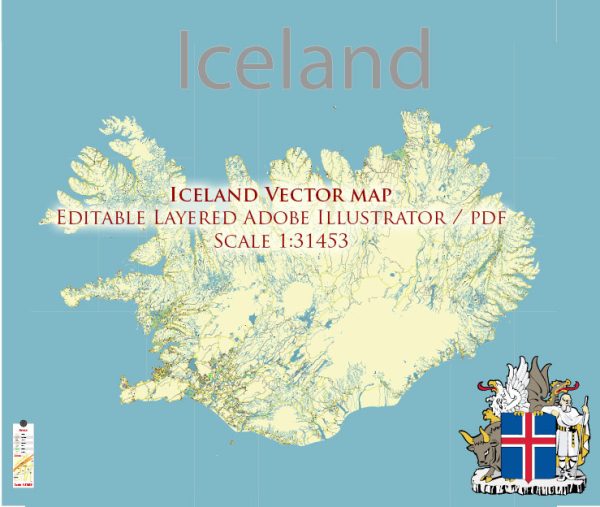Iceland’s principal transportation system consists of a combination of road networks, domestic flights, and ports. Here’s a brief overview of the key components of Iceland’s transportation system:
- Roads:
- Ring Road (Route 1): The main road in Iceland is the Ring Road, also known as Route 1. It encircles the entire island, connecting many of the major towns and cities.
- Other Roads: There are also numerous other roads connecting towns and villages, but some of them may be gravel roads, especially in more remote areas.
- Public Transportation:
- Buses: Public bus services are available in larger towns and cities, providing transportation within urban areas and to nearby communities.
- Coaches: Long-distance coaches operate between major towns and cities, providing a means of transportation for those without private vehicles.
- Air Travel:
- Domestic Flights: Due to the country’s relatively small population and vast landscapes, domestic flights are an essential part of Iceland’s transportation network. Airports are located in various towns, facilitating quick travel between regions.
- Ports and Ferries:
- Ports: Iceland has several ports, with Reykjavik being the largest. These ports facilitate both domestic and international shipping.
- Ferries: Ferries connect some of the smaller islands and provide transportation to and from other nearby countries.
- Private Vehicles:
- Cars and Campervans: Many visitors prefer renting a car or campervan to explore the country at their own pace, especially given the scenic nature of Iceland’s landscapes.
- Taxis and Ride-Sharing:
- Taxis: Taxis are available in urban areas, providing on-demand transportation.
- Ride-Sharing: Services like Uber do not operate in Iceland, but there are local ride-sharing options.
- Cycling and Walking:
- Biking: In urban areas and some scenic routes, biking is a popular mode of transportation.
- Walking: In towns and cities, walking is a common way to get around, and there are also hiking trails for those exploring Iceland’s natural beauty on foot.
It’s important to check for updates or changes to the transportation system in Iceland, as infrastructure developments and policy changes may occur. Additionally, considering the dynamic nature of travel, it’s advisable to consult local authorities or recent sources for the most current information.


 Author: Kirill Shrayber, Ph.D.
Author: Kirill Shrayber, Ph.D.